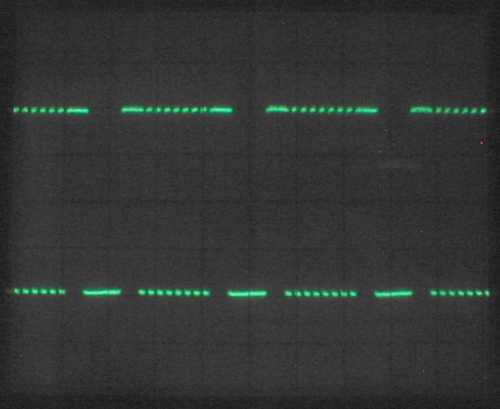Hi All,
I am very new to this. How would I go about hooking up my Minelab Sovereign to my Tektronics 2225? What settings would I be using and how would I interpret what I'm looking at. I have already built some PI coils and I'm familiar with those and I know what the readings are telling me, but these Sovereigns are completely different. I have built a working Sovereign coil but it needs improvement. Would like to hook-up my scope to it to see what it does as compared to a stock coil. If anyone can make some suggestions I would appreciate it.
Thank you all and have a nice day!
Bob
I am very new to this. How would I go about hooking up my Minelab Sovereign to my Tektronics 2225? What settings would I be using and how would I interpret what I'm looking at. I have already built some PI coils and I'm familiar with those and I know what the readings are telling me, but these Sovereigns are completely different. I have built a working Sovereign coil but it needs improvement. Would like to hook-up my scope to it to see what it does as compared to a stock coil. If anyone can make some suggestions I would appreciate it.
Thank you all and have a nice day!
Bob


Comment